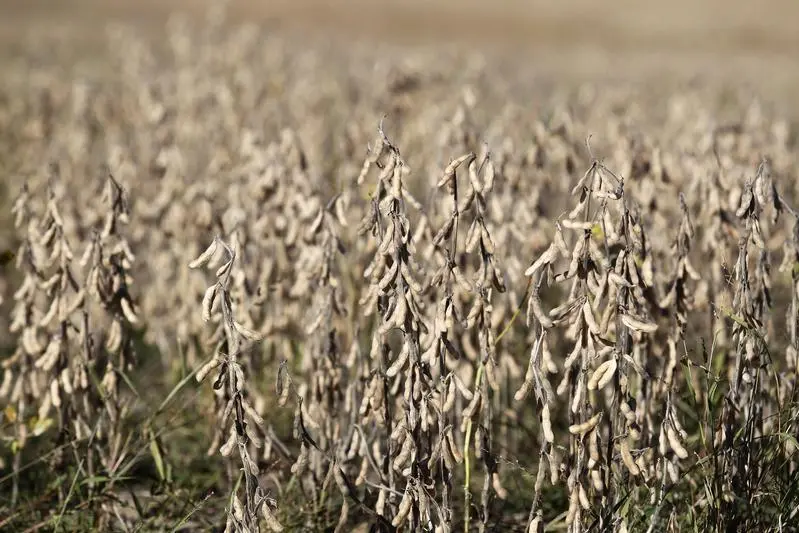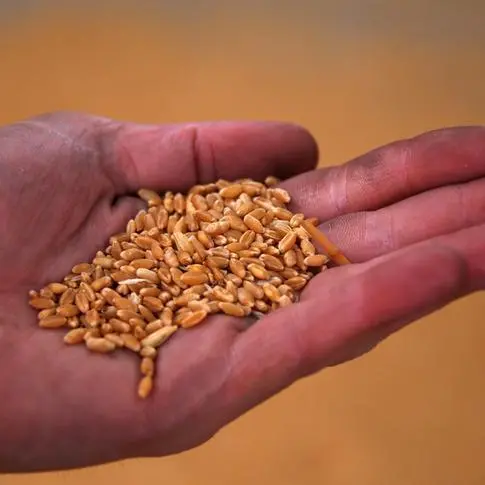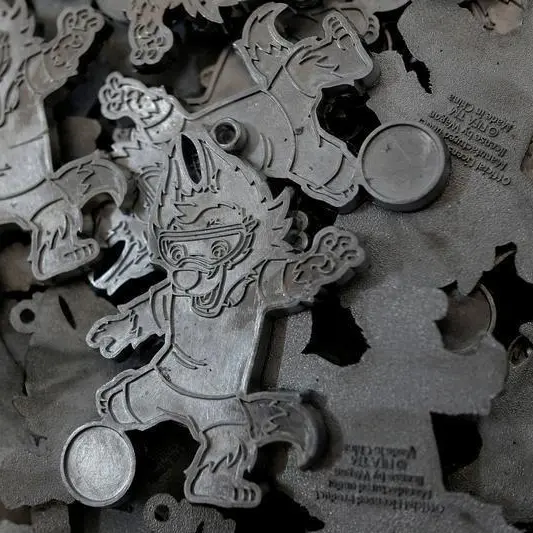PHOTO
(Karen Braun is a market analyst for Reuters. Views expressed above are her own.)
FORT COLLINS, Colo: Mid-season U.S. soybean supplies should be well above last year’s levels, though analysts might still be underestimating those figures if history is any indication.
But heavier soybean stocks versus last year may be deceiving when it comes to year-end supply possibilities because U.S. carryout could match or drop below year-ago levels, and that will likely come down to export potential.
U.S. planting intentions may distract from stocks when the U.S. Department of Agriculture publishes both survey-based reports on Thursday, though stocks can be notoriously unpredictable and should not be overlooked.
Analysts peg March 1 U.S. soybean stocks at 1.902 billion bushels, up 22% from last year’s figure but 8.5% below the five-year average. March 1 marks the halfway point for the 2021-22 U.S. soybean and corn marketing years.
The trade is on a five-year streak of underestimating March 1 soybean supply. The largest miss in that period was in 2018 and applying that same worst-case bias this year would be worth 70 million bushels – a quarter of the projected carryout of 285 million.
A miss of that magnitude would certainly keep 2021-22 ending stock estimates above last year’s 257 million bushels for now, but record crush prospects and an unusually strong export book may keep the pressure on.
Caution is needed when comparing this year’s soybean stocks with last year’s, as the distribution of demand over the marketing year, particularly for exports, tells two different tales. Shipments in the first half of 2020-21 were a whopping 50% above average, though they hit seven-year lows in the second half.
March 1 soy stocks at 1.902 billion bushels implies second- quarter use down 10% from last year’s record but second-best overall. Exports, accounting for 47% of U.S. soybean use, fell 22% on the year in the quarter, but they were safely above the five-year average.
Soybean crush, set to account for half of U.S. soybean use this year, topped the prior year’s high by about 2% between December and February.
SCENARIOS
If analysts are correct on March 1 stocks, soybean demand in the second half of 2021-22 would need to rise just 1.6% over the recent average if USDA’s carryout of 285 million bushels is assumed. Second-half demand would also be below the 2018-2020 levels, though soy processors should perform better.
Given U.S. soybean crush in the first half of 2021-22 and USDA’s record annual projection, processors need to roughly match 2020’s March-August high in order to hit the target. Sky-high profit margins make this scenario believable and less controversial than the export debate.
USDA’s 2021-22 export outlook of 2.09 billion bushels suggests that second-half U.S. shipments can fall a bit below the five-year average given the September-February volume. Total bookings as of March 17 covered 95% of the target, close to normal thanks to a record sales pace between January and March.
One characteristic of stronger than usual second-half exports is when outstanding sales are elevated. As of mid-March, some 11.2 million tonnes of soybeans awaited shipment before Aug. 31, second only to 2019 for the date.
Considering crush expectations, U.S. soy ending stocks could start falling below last year if exports trend above average, even by a few percentage points. However, it is uncertain if traditional signals like outstanding sales apply in the current market environment.
Export capacity is not the issue, but forward commitments may be. Second-half exports were exceptional between 2017 and 2020, when prices were historically low and far below today’s levels. Buyers could take advantage and stock up then, but it will cost them today. Cancellations and sales rolling to next year are another risk.
Top soybean exporter Brazil’s shipments are currently going strong, but tamer volumes are expected by mid-year due to drought-related losses. That may continue to dictate old-crop U.S. sales in the coming months.
When all is said and done, all the demand analysis could eventually be out the window if upcoming stock surveys pummel industry forecasts in classic fashion. One factor that could spoil the estimates is that last year’s crop was much bigger or smaller than pegged, but that would not be confirmed until September.
Karen Braun is a market analyst for Reuters. Views expressed above are her own.
(Editing by Matthew Lewis)












